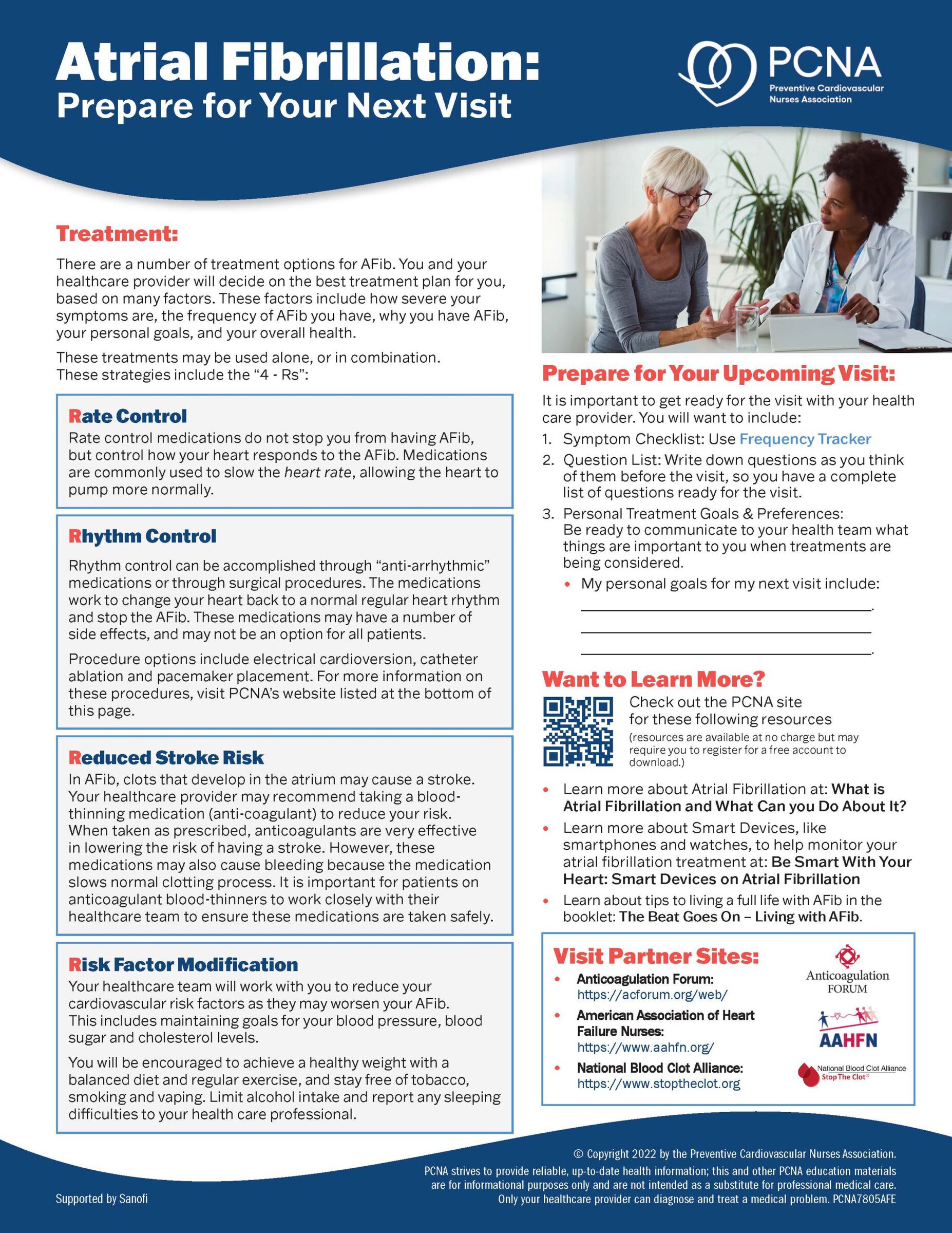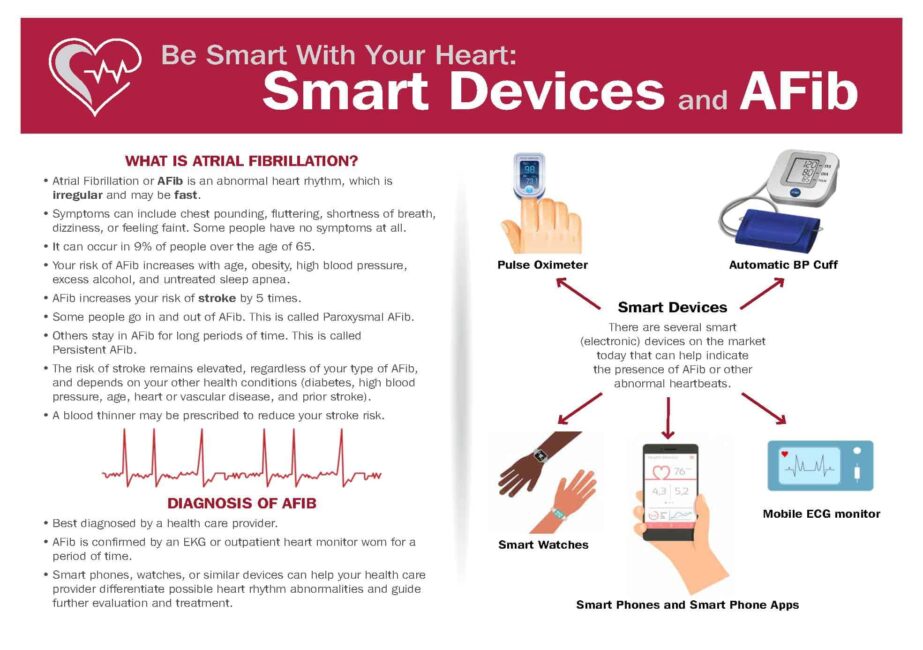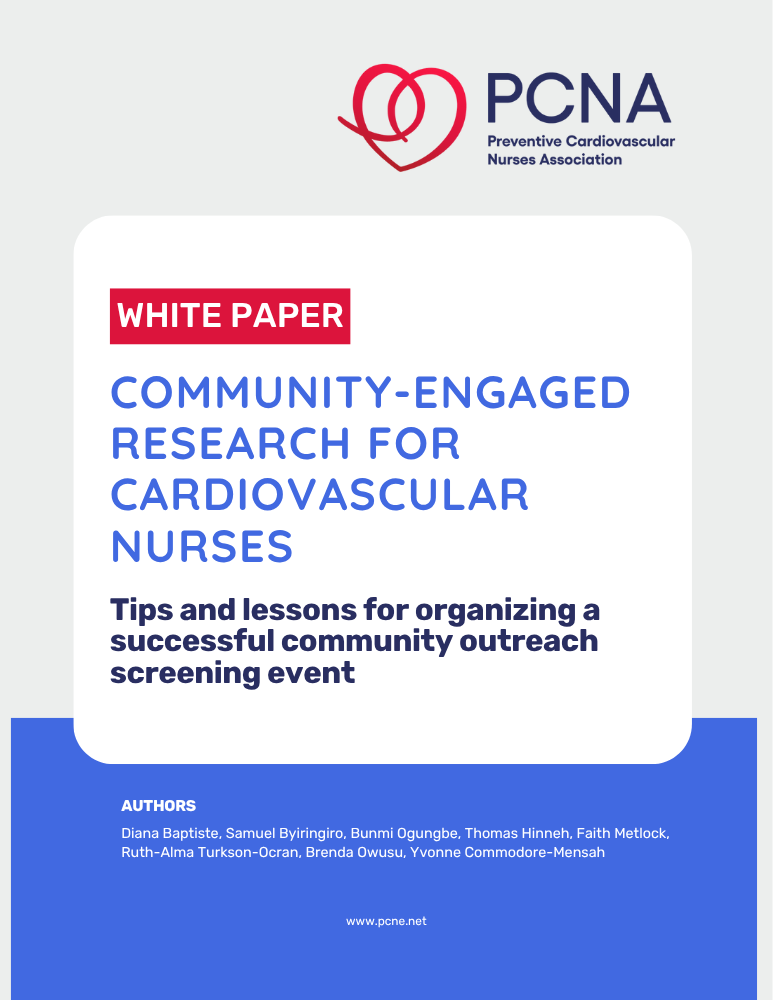Cardiovascular disease (CVD), including stroke, is the leading cause of death in the US, accounting for 1 of 3 deaths–yet is mostly preventable. About 3 of 4 people who have a stroke for the first time have hypertension and atrial fibrillation (AFib). AFib, present in about 1 in 5 strokes, is the most common arrhythmia seen in clinical practice. However, AFib is often un- or under-diagnosed due to the transient nature of symptoms. There is a 1 in 4 lifetime risk for developing AFib after age 40. Due to the aging of the US population, the number of affected individuals is expected to increase from 2.71 million currently to 12.1 million by 2030.
Hypertension is prevalent among almost half of the US adult population, accounting for 50.8% cases in men and 44.6% among women in 2024. Among adults with hypertension, only about 60% are aware of their diagnosis, underscoring the need for programs targeted to improve awareness of hypertension and knowledge if how it increases risk of CVD. The prevalence of hypertension increases with age, with over 70% of adults aged 60 and above affected by the condition.
Socioeconomic status is inversely associated with risk of AFib and hypertension. African Americans or Black adults with AFib and hypertension are more likely than white individuals to have CVD, stroke, and experience premature death. Poor health outcomes among Black individuals are often associated with limited access to a primary medical home, poor health literacy, and limited access to medical specialists to treat CVD or stroke. Early diagnosis and effective treatment significantly impact disease progression and patient outcomes, and reduce an individual’s risk of CVD and stroke.
This White Paper assesses the impact of a community-based screening program on knowledge and awareness of AFib and hypertension among selected populations in Baltimore, Maryland.
Related Resources


Patient Education Handouts
Be Smart With Your Heart: Smart Devices and Atrial Fibrillation
May 12, 2024







